An article in this week’s paper told us Broughty Ferry would make an ideal ’20-minute neighbourhood’.
That might, or might not, be a good thing. No one knows.
However, the article also referenced phrases such as “conspiracy theories” and “fringe critics”. These are phrases which commonly occur elsewhere in discussions around this topic.
There were also denials that 20-minute neighbourhoods are intended to restrict movement.
Is that true?
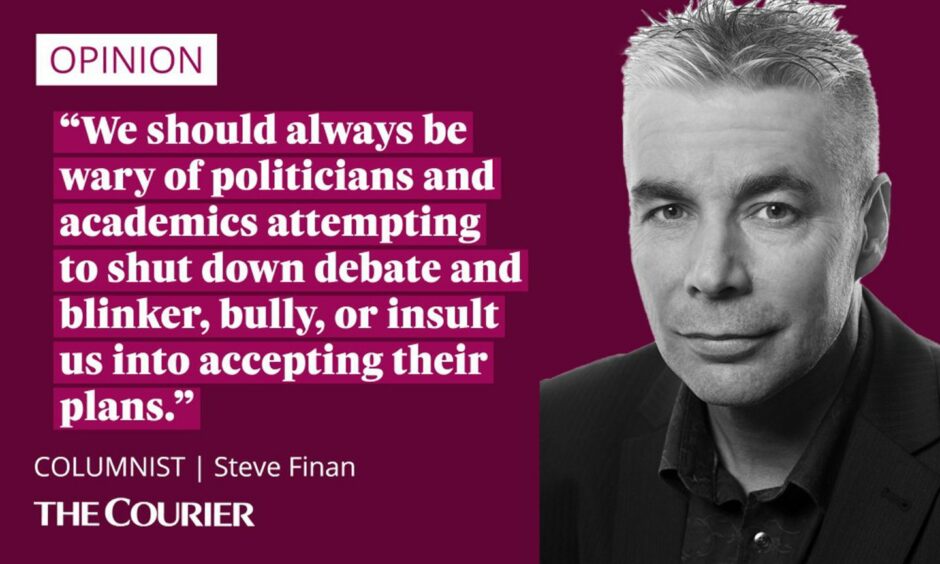
The 20-minute theory is to have the population living, working, shopping, and socialising locally. Everything within a short walk or cycle.
What else can that mean but less movement?
You are giving in to your confirmation bias if you can’t see that 20-minute neighbourhoods are an attempt to alter how we live.
For one thing, if there’s no need to travel far there’s no need to own a car.
Let’s call a spade a spade, it is social engineering whether it’s done with a benign and beneficial aim or not.
We are used to this. War chiefs, kings, clerics, and politicians have been dictating how others live and think since we got up on our hind legs.
Low emission zones and social housing amid new-build private housing are examples of modern social engineering.
But I visit friends and relatives in far-flung parts. I might work, play, socialise, visit a library in Scrabster, Skye, or Stranraer. Maybe I want to follow my football team and climb Munros.
I might leave my area every day just because I want to.
What if I don’t want to give up my car?
Too many questions around 20-minute neighbourhood model
One of the many things missing from these airy-fairy visions is a description of the arrangements to ensure I can still easily do all these things.
Will straying outwith a 20-minute zone in a car be discouraged by fines?
Will there be A-rated zones for the rich, B-rated ones for the poor? Ghettoes for Gammas?
That is an intentionally inflammatory statement. But anyone with even a loose understanding of human nature will know that Huxley-inspired references, however “bizarre”, will be made and will require an answer.
I aim my main comment at how the message is framed.
Don’t just tell us your fond imaginings of a utopian 20-minute neighbourhood for affluent areas like The Ferry. Tell us your plans for poorer areas. That’s the far more difficult thing that needs explained.
The idea of '20-minute neighbourhoods' is revolutionising the way many think about our towns and cities. But why is it so controversial?https://t.co/KNFBRRTlrX
— The Courier (@thecourieruk) May 17, 2023
We should always be wary of politicians and academics attempting to shut down debate and blinker, bully, or insult us into accepting their plans.
Many folk, I’m one, are not by nature blind followers. We will always ask questions.
Government and academia should stop treating us like inferiors while they, in their high and mighty positions, know best and are beyond challenge.
To ridicule any who have questions as bizarre conspiracy theorists is arrogant and patronising.
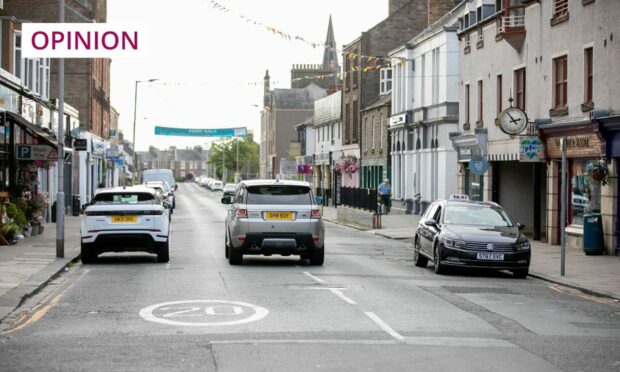
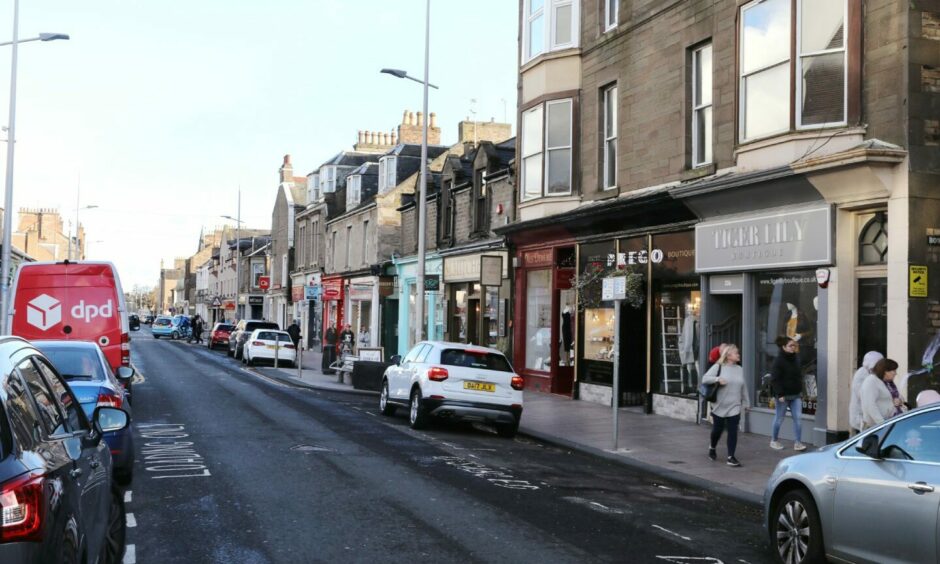
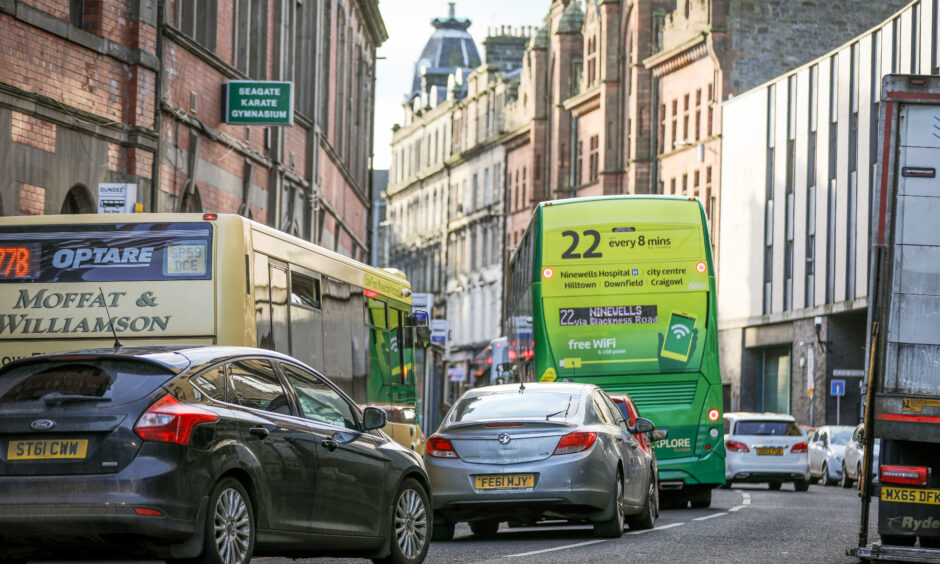
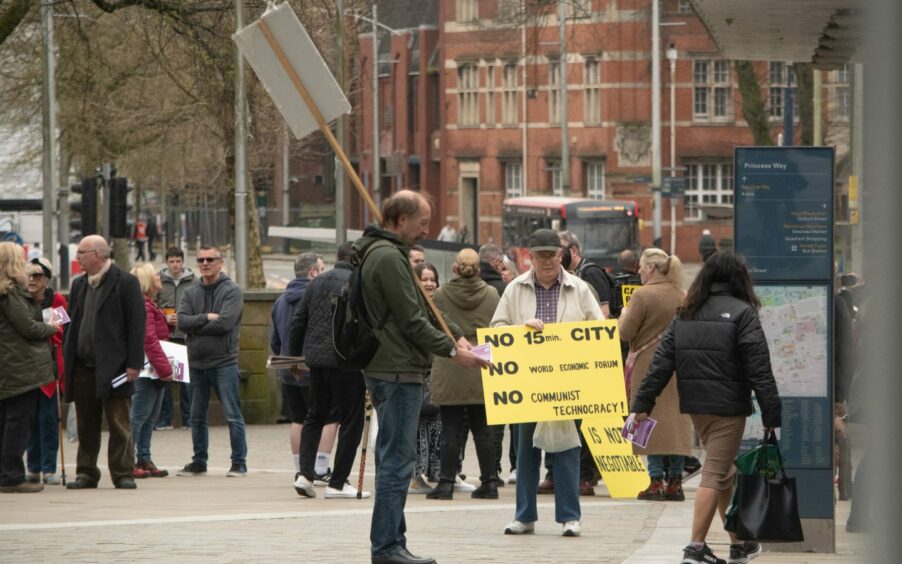
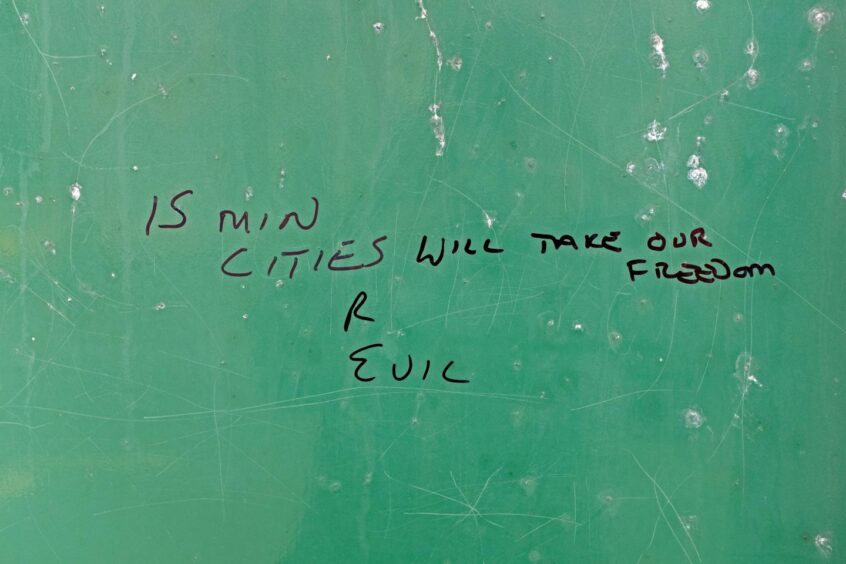
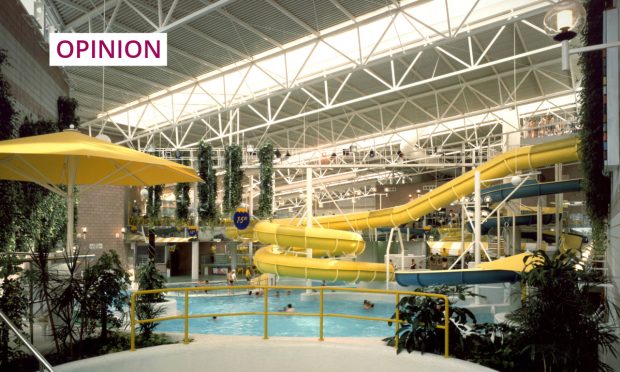
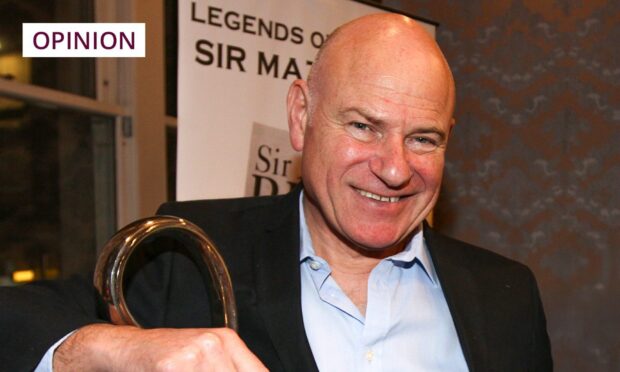
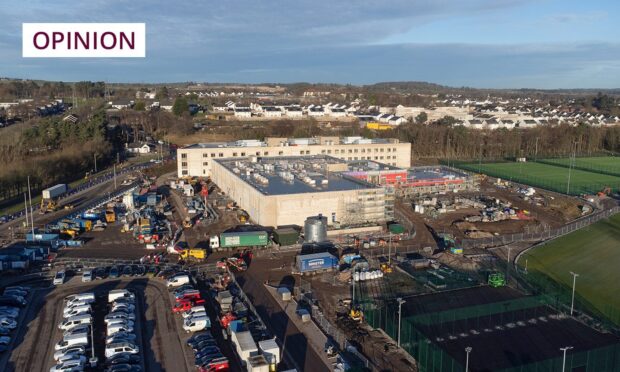
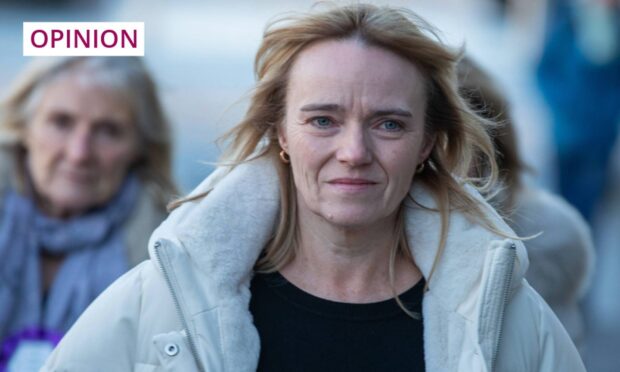
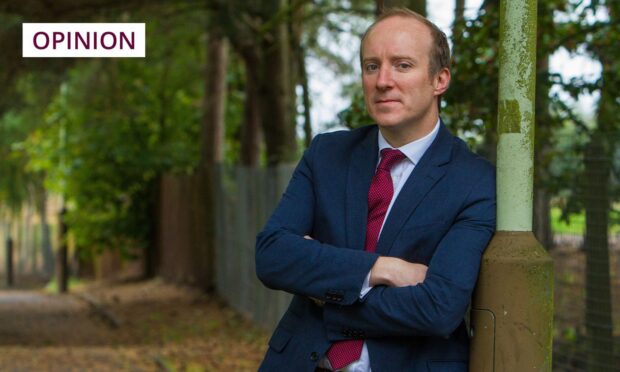
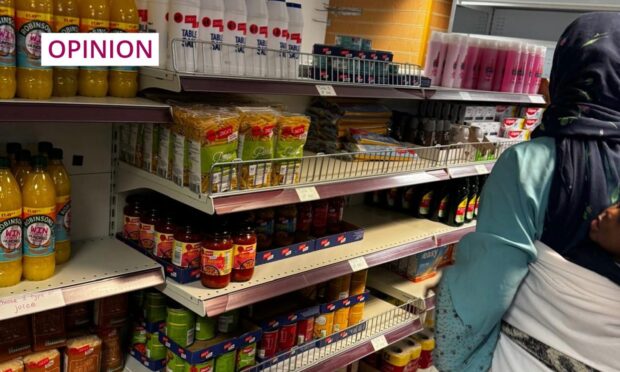
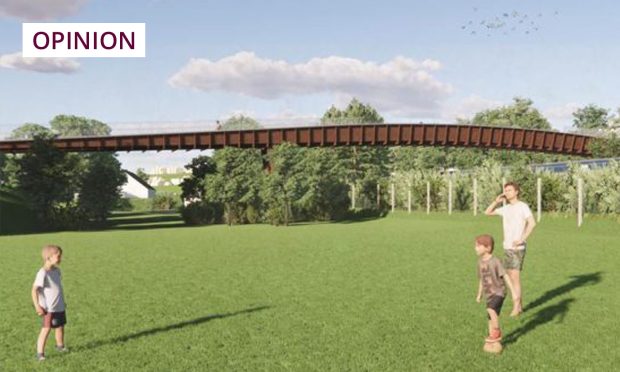
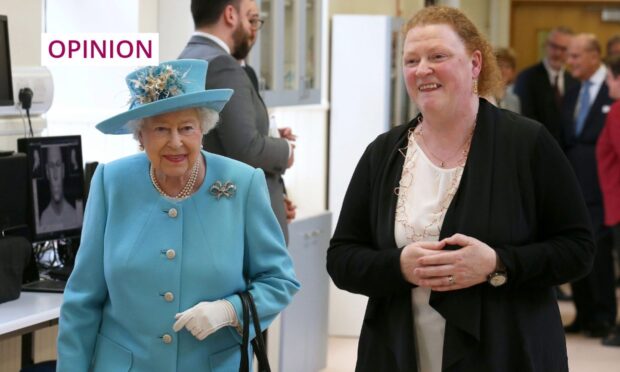
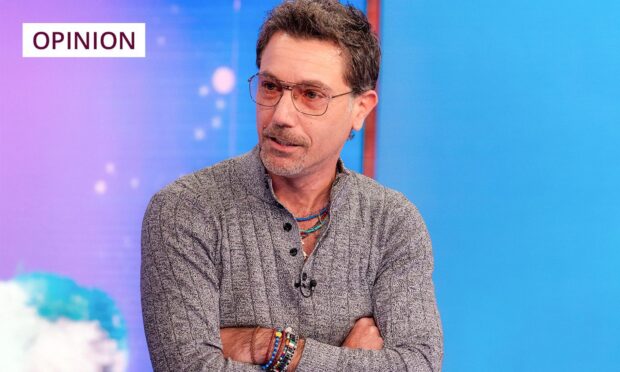
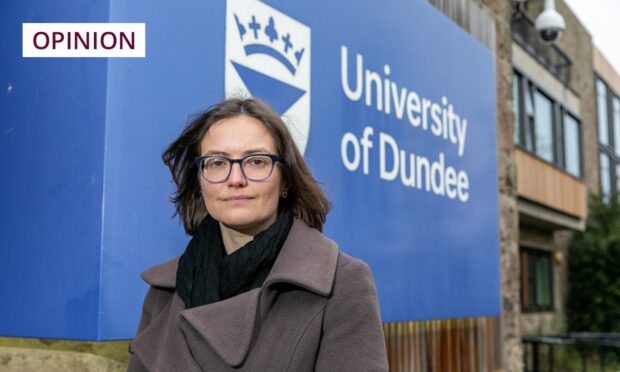
Conversation